Themed collection Materials Horizons 10th anniversary regional spotlight collection: Africa and the Middle East

When defects become ‘dynamic’: halide perovskites: a new window on materials?
If defects in materials cost more (energy) than decomposing them, defect densities will be low and thermodynamically controlled, with the right kinetics, as for halide perovskites.
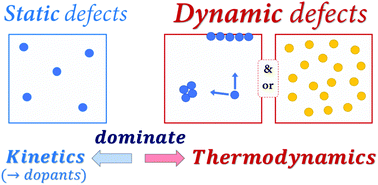
Mater. Horiz., 2019,6, 1297-1305
https://doi.org/10.1039/C9MH00606K
Phonon-driven transient bandgap renormalization in perovskite single crystals
Our study demonstrates the significant role of phonons in the transient band gap renormalization of MAPbBr3 single crystals following photoexcitation, in addition to the well-known contribution of photo-generated hot carriers.

Mater. Horiz., 2023,10, 4192-4201
https://doi.org/10.1039/D3MH00570D
18.73% efficient and stable inverted organic photovoltaics featuring a hybrid hole-extraction layer
Developing efficient and stable organic photovoltaics (OPVs) is crucial for the technology's commercial success.

Mater. Horiz., 2023,10, 1292-1300
https://doi.org/10.1039/D2MH01575G
Developing extended visible light responsive polymeric carbon nitrides for photocatalytic and photoelectrocatalytic applications
Polymeric carbon nitride (CN) has emerged as an attractive material for photocatalysis and photoelectronic devices.
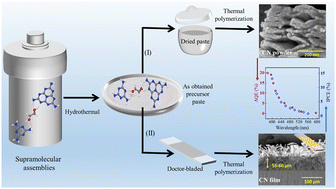
Mater. Horiz., 2023,10, 1363-1372
https://doi.org/10.1039/D3MH00016H
Universal electrode for ambipolar charge injection in organic electronic devices
Ambipolar transistors, i.e. transistors with symmetrical n- and p-type performances, open new avenues for the design and integration of high-density, efficient and versatile circuits for advanced technologies.
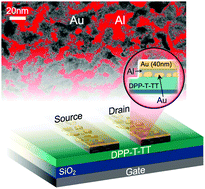
Mater. Horiz., 2022,9, 2138-2146
https://doi.org/10.1039/D1MH01845K
Bright excitonic multiplexing mediated by dark exciton transition in two-dimensional TMDCs at room temperature
Room-temperature wavelength multiplexing of the two-primary bright excitonic channels (Ab-, Bb-) in monolayer transition metal dichalcogenides (TMDs) arising from a dark exciton mediated transition.
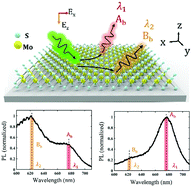
Mater. Horiz., 2022,9, 1089-1098
https://doi.org/10.1039/D1MH01186C
Backbone-driven host–dopant miscibility modulates molecular doping in NDI conjugated polymers
Molecular doping is the key to enabling organic electronic devices, however, the design strategies to maximize doping efficiency demands further clarity and comprehension.
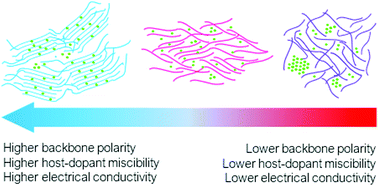
Mater. Horiz., 2022,9, 500-508
https://doi.org/10.1039/D1MH01357B
Metal- and halide-free, solid-state polymeric water vapor sorbents for efficient water-sorption-driven cooling and atmospheric water harvesting
Metal- and halide-free, solid-state polymeric water vapor sorbents are developed with improved water sorption capacity, reduced corrosivity, and solid state, leading to efficient water-sorption-driven cooling and atmospheric water harvesting.
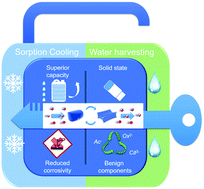
Mater. Horiz., 2021,8, 1518-1527
https://doi.org/10.1039/D0MH02051F
A highly selective electron affinity facilitated H2S sensor: the marriage of tris(keto-hydrazone) and an organic field-effect transistor
The proposed H2S gas sensor is a novel heterojunction combination that can readily absorb toxic gases, changing the channel resistance of the device. The OFET device is a highly stable and selective tool that can help in taking preventive measures.
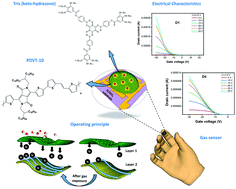
Mater. Horiz., 2021,8, 525-537
https://doi.org/10.1039/D0MH01420F
Giant magnetoelectric effect in perpendicularly magnetized Pt/Co/Ta ultrathin films on a ferroelectric substrate
We demonstrate a giant magnetoelectric effect in perpendicularly magnetized Pt/Co/Ta ultrathin films on a ferroelectric substrate.
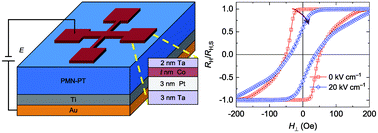
Mater. Horiz., 2020,7, 2328-2335
https://doi.org/10.1039/D0MH00796J
Monitoring supported lipid bilayers with n-type organic electrochemical transistors
An n-type, accumulation mode, microscale organic electrochemical transistor monitors the activity of a pore-forming protein integrated into a lipid bilayer.
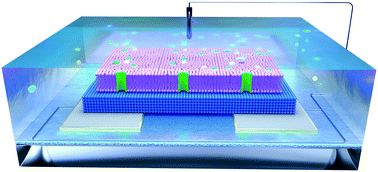
Mater. Horiz., 2020,7, 2348-2358
https://doi.org/10.1039/D0MH00548G
When nanocellulose meets diffraction grating: freestanding photonic paper with programmable optical coupling
Bio-inspired chiral nematic cellulose films with periodic surface grating structures exhibit optically programmable photonic–photonic coupling.
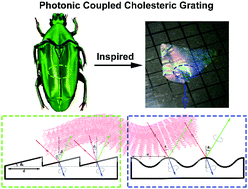
Mater. Horiz., 2020,7, 511-519
https://doi.org/10.1039/C9MH01485C
Controllable and stable organometallic redox mediators for lithium oxygen batteries
We introduce corrole-chelated metal complexes as stable redox mediators with adjustable redox potential in lithium–oxygen batteries.
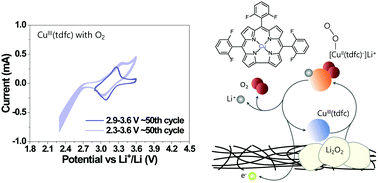
Mater. Horiz., 2020,7, 214-222
https://doi.org/10.1039/C9MH01043B
Enhancing the electronic dimensionality of hybrid organic–inorganic frameworks by hydrogen bonded molecular cations
Hybrid materials with cations forming hydrogen bonds with inorganic frameworks can enhance the electronic dimensionality of the system by forming new inter-channels electron and hole transport pathways.
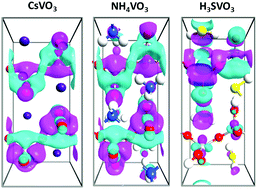
Mater. Horiz., 2019,6, 1187-1196
https://doi.org/10.1039/C8MH01436A
Fully 2D and 3D printed anisotropic mechanoluminescent objects and their application for energy harvesting in the dark
We report on new material compositions enabling fully printed mechanoluminescent 3D devices by using a one-step direct write 3D printing technology.
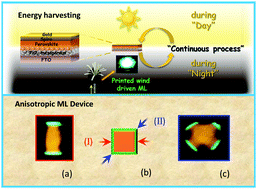
Mater. Horiz., 2018,5, 708-714
https://doi.org/10.1039/C8MH00296G
Spatial exciton allocation strategy with reduced energy loss for high-efficiency fluorescent/phosphorescent hybrid white organic light-emitting diodes
High efficiency fluorescent/phosphorescent hybrid white organic light-emitting diodes with the spatial exciton allocation strategy are reported.
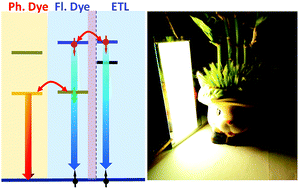
Mater. Horiz., 2017,4, 641-648
https://doi.org/10.1039/C7MH00131B
About this collection
To celebrate the 10th anniversary of Materials Horizons we have curated a collection of our most popular articles from our African and Middle Eastern contributors. For Materials Horizons it is of great importance that we represent a truly diverse array of authors and their research, to learn from each other and develop global strategies to conquer the most pressing issues in materials science. We would like to take this opportunity to thank all our contributors from Africa and the Middle East for continuing to provide high quality research to Materials Horizons. We strive to continue our work together to increase visibility of important research happening in these regions, taking steps towards making the world a better place.
This five-part series will be showcasing some of our very best authors from across 5 regions: